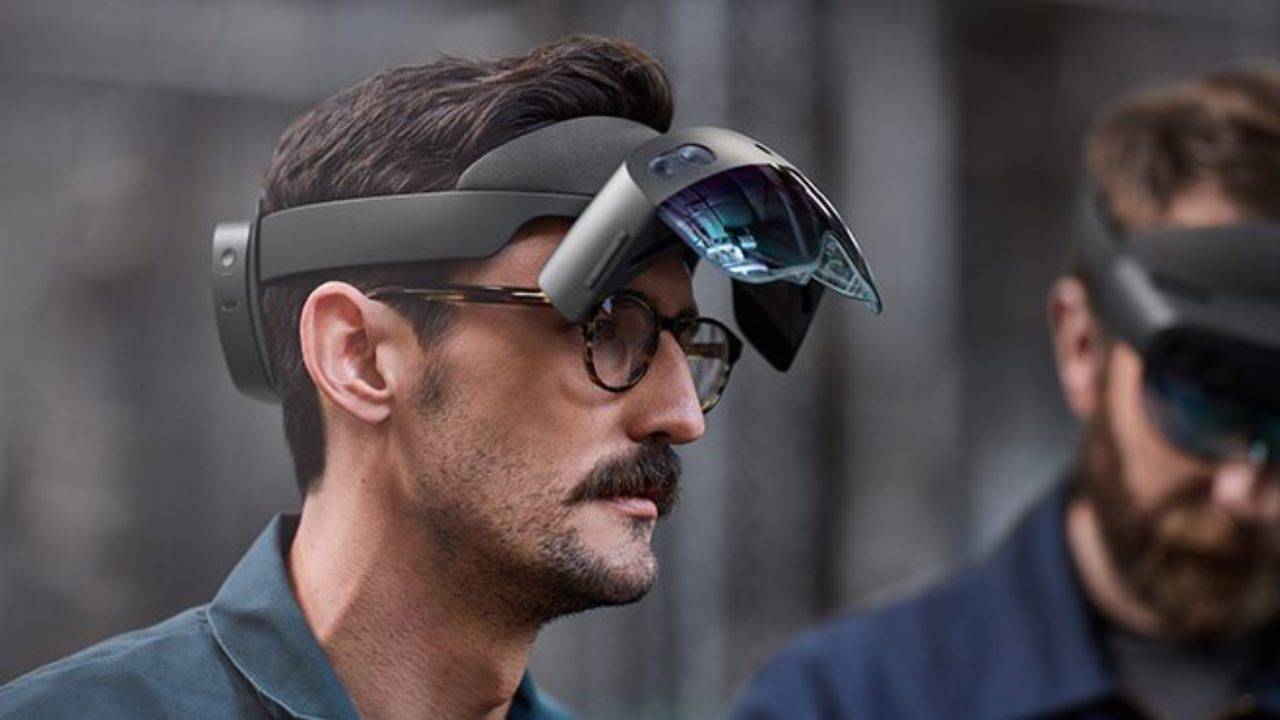
Microsoft’s Pivot in the Mixed Reality Landscape: The End of an Era for HoloLens
Introduction
The technology sector is witnessing a significant shift as Microsoft bids farewell to its HoloLens hardware production. This move marks the end of an era for mixed reality headsets, which have garnered significant interest in recent years. In this article, we delve into the reasons behind Microsoft’s decision and explore its implications for the mixed reality market.
Microsoft’s Departure from HoloLens Hardware
Microsoft has officially announced the discontinuation of HoloLens hardware production. The company will continue to support HoloLens 2 users until the end of 2027, but it will not develop new HoloLens hardware beyond that date.
Reasons for Microsoft’s Decision
Robin Seiler, the head of Microsoft’s mixed reality unit, outlined the following reasons for the decision:
- Strategic Shift: Microsoft is refocusing its efforts on artificial intelligence (AI) and cloud-based solutions. The company believes that cloud-based services and AI-powered software are the future of mixed reality.
- IVAS Project: Microsoft will continue to collaborate with the US military on the IVAS (Integrated Visual Augmentation System) project. This project involves developing cloud-based services and AI software for mixed reality applications.
- Collaboration with Partners: Microsoft plans to collaborate with other companies to offer mixed reality software solutions rather than producing its own hardware.
Implications for the Mixed Reality Market
Microsoft’s departure from HoloLens hardware is likely to have a significant impact on the mixed reality market:
- Increased Competition: Other companies may seize the opportunity to fill the void left by Microsoft in the mixed reality hardware space. This could lead to increased competition and innovation in the market.
- Focus on Cloud and AI: Microsoft’s decision highlights the growing importance of cloud-based services and AI in mixed reality. Companies may increasingly focus on developing software and services in these areas.
- Reassessment of Mixed Reality Applications: Microsoft’s move suggests that mixed reality headsets may not be the primary solution for all applications. Companies may need to reassess their mixed reality strategies and explore alternative technologies.
Perspectives on Microsoft’s Decision
Mixed reactions have greeted Microsoft’s decision:
- Industry Analysts: Some analysts believe that Microsoft’s decision is a sign that mixed reality headsets have not yet reached mass adoption and that the technology needs to mature further.
- HoloLens Users: Some HoloLens users have expressed disappointment but are also curious about Microsoft’s future plans for mixed reality.
- Developers: Developers are eager to see how Microsoft’s pivot to AI and cloud-based solutions will shape the future of mixed reality development.
Conclusion
Microsoft’s decision to discontinue HoloLens hardware production marks a turning point in the mixed reality landscape. The company’s shift towards AI and cloud-based solutions is likely to have a significant impact on the market, leading to increased competition, innovation, and a reassessment of mixed reality applications. While the future of HoloLens hardware remains uncertain, the future of mixed reality as a whole remains bright, with cloud and AI emerging as key drivers of its evolution.
